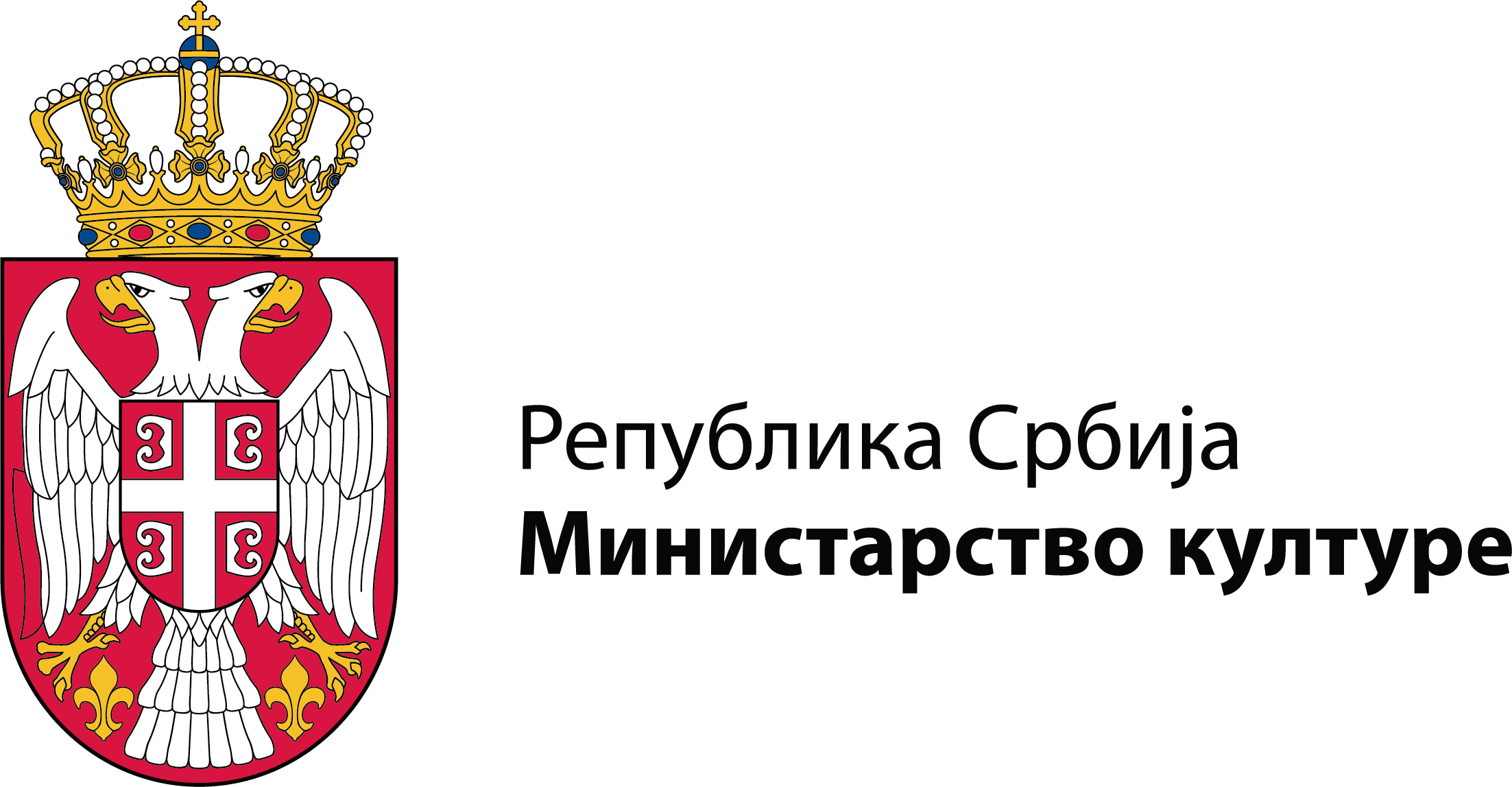This collection in a specialized institution for ethnographic subjects consists of works of art of various types: drawings, watercolors, illustrations, graphics and paintings united according to their illustrative character and cultural-historical values.
The history of the professional activities of the Fine Arts Collection dates back to the period of the Ethnographic Museum’s restoration following the destruction of its holdings during World War I, when the Illustrative Department was established with the purpose of visually documenting museum objects.
The core of the collection is the “Nikola Arsenović Collection”—an album of watercolors depicting the folk costumes of all South Slavic peoples from the 19th century. Since 1936, the collection has been enriched with new artistic acquisitions, including works transferred from the Museum of Prince Paul and individual donations. Among these are a collection of bourgeois portraits (featuring 19th-century Serbian painting) and watercolors by Carol Popp de Szathmary. Today, the numerous and diverse artworks in this museum collection remain an indispensable visual resource in ethnological research.
At the end of the 20th century, a collection of naive art of a specific form of folk art expression was formed.
The core of the collection is the “Nikola Arsenović Collection”—an album of watercolors depicting the folk costumes of all South Slavic peoples from the 19th century. Since 1936, the collection has been enriched with new artistic acquisitions, including works transferred from the Museum of Prince Paul and individual donations. Among these are a collection of bourgeois portraits (featuring 19th-century Serbian painting) and watercolors by Carol Popp de Szathmary. Today, the numerous and diverse artworks in this museum collection remain an indispensable visual resource in ethnological research.
At the end of the 20th century, a collection of naive art of a specific form of folk art expression was formed.

